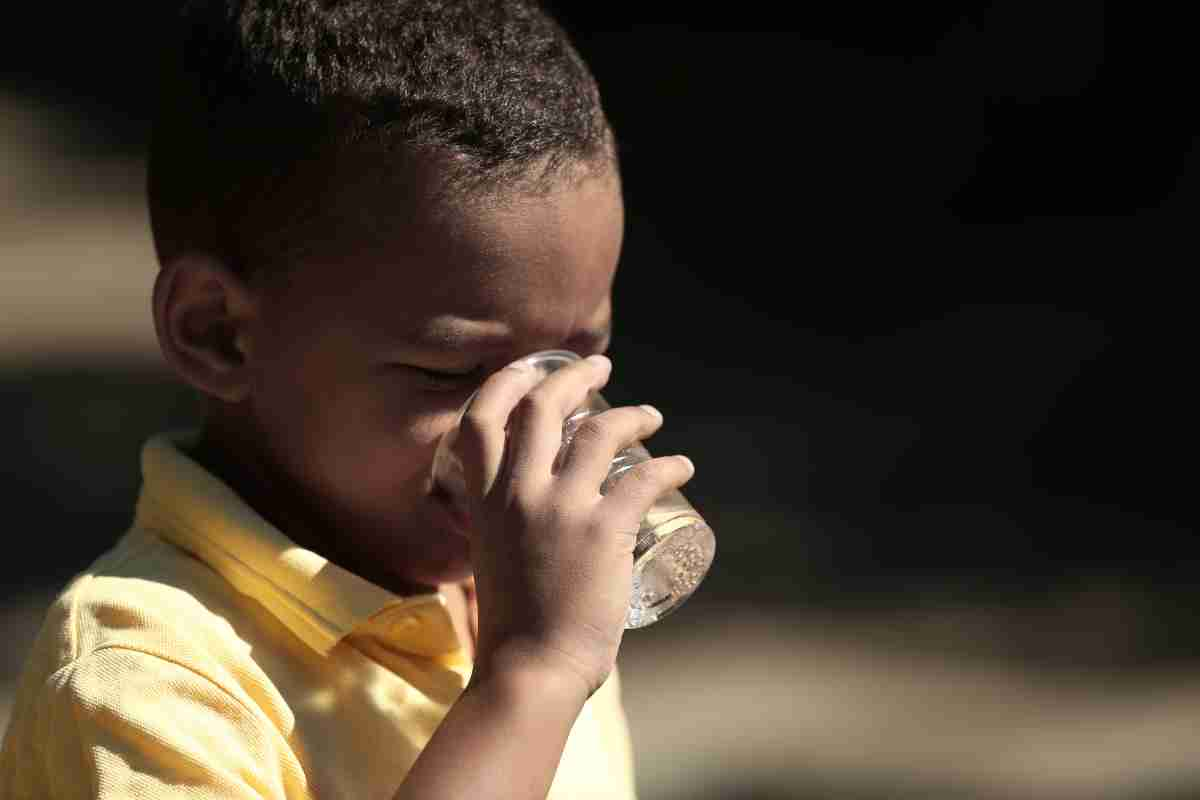Addressing Water Quality Challenges in Haiti: A Path to Health and Development
Access to clean and safe drinking water is a fundamental human right for survival and overall well-being. Unfortunately, many developing nations, including Haiti, face significant challenges in ensuring water quality for their populations. In this blog post, we will delve into the water quality issues in Haiti, explore the underlying causes, and discuss potential solutions to improve the situation.
The Water Crisis in Haiti
Haiti, a Caribbean nation sharing the island of Hispaniola with the Dominican Republic, has long struggled with water scarcity and inadequate sanitation infrastructure. According to UNICEF, 40% of Haitians lack access to clean drinking water, and only about 25% have access to improved sanitation facilities. These alarming statistics paint a grim picture of the water crisis in Haiti and its detrimental impact on public health.
Causes of Water Quality Issues
- Limited Infrastructure: Insufficient infrastructure for water treatment and distribution is a significant factor contributing to water quality issues in Haiti. Many communities lack access to centralized water treatment plants, forcing residents to rely on contaminated water sources such as rivers, streams, and unprotected wells.
- Deforestation and Environmental Degradation: Rampant deforestation and environmental degradation have exacerbated the water crisis in Haiti. Soil erosion resulting from deforestation leads to sedimentation in water bodies, reducing their quality and rendering them unsafe for consumption.
- Poor Sanitation Practices: Inadequate sanitation practices, including improper waste management and lack of proper toilet facilities, contaminate water sources and contribute to spreading waterborne diseases such as cholera.
- Natural Disasters: Haiti is prone to natural disasters, including hurricanes, floods, and earthquakes, which often damage existing water infrastructure, disrupt the water supply, and increase the risk of water contamination.
Impact on Public Health and Development
The poor water quality in Haiti has severe consequences for public health. Contaminated water sources expose individuals to waterborne diseases, including cholera, typhoid, and diarrhea, which can lead to illness, malnutrition, and even death, particularly among vulnerable populations such as children and the elderly.
Moreover, the water crisis hampers social and economic development in Haiti. The burden of water collection falls primarily on women and children, who spend hours each day walking long distances to fetch water, which could otherwise be spent on education or income-generating activities. Furthermore, the prevalence of waterborne illnesses increases healthcare expenses, reducing the resources available for other essential services.
Solutions for Improving Water Quality
- Infrastructure Development: Investments in water treatment facilities, distribution networks, and storage systems are crucial for providing clean water to communities across Haiti. Collaborations between the government, NGOs, and international organizations can help mobilize resources and expertise to improve infrastructure and expand access to safe water.
- Watershed Management and Reforestation: Sustainable land management practices, reforestation initiatives, and erosion control measures can help protect watersheds and improve water quality. Restoring the natural environment reduces sedimentation, supports biodiversity, and mitigates the impact of climate change.
- Education and Awareness: Educating communities about proper sanitation practices, water treatment methods, and the importance of hygiene can empower individuals to make informed decisions regarding their water sources and reduce the risk of contamination. Health campaigns and school programs can play a pivotal role in raising awareness.
- Water Purification Technologies: Introducing affordable and user-friendly water purification technologies, such as point-of-use filters, solar disinfection, and chlorination tablets, can provide immediate solutions for communities lacking access to clean water. These technologies can be distributed and taught at the grassroots level to maximize their impact.
Conclusion
Improving water quality in Haiti is a complex task that requires a multi-faceted approach. Everyone involved needs to work together to improve water quality on the island. Water is one of Haiti’s multitudes of problems, but together with partnerships that count, we can significantly improve the quality of water people rely on for their day-to-day use in Haiti.




